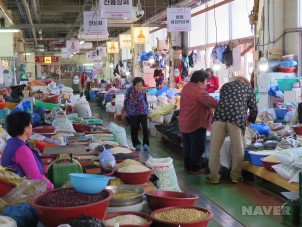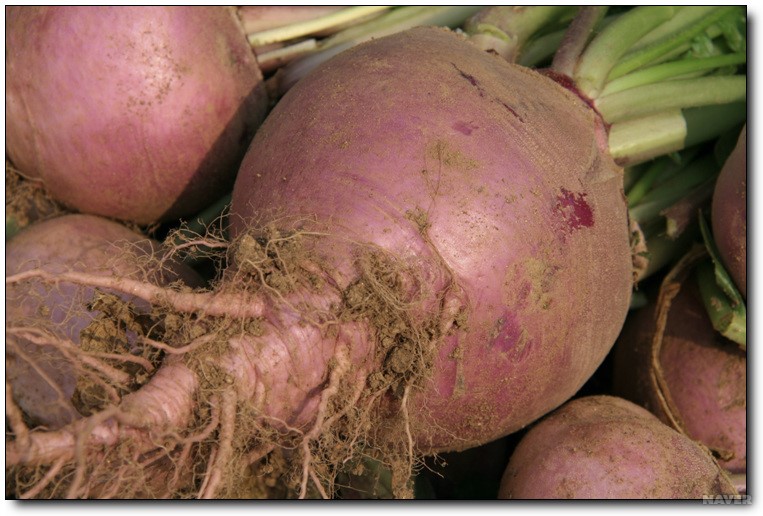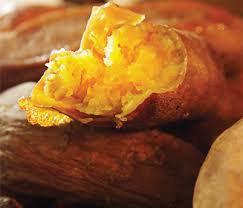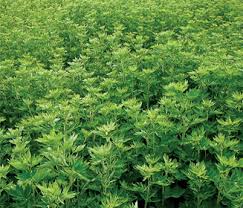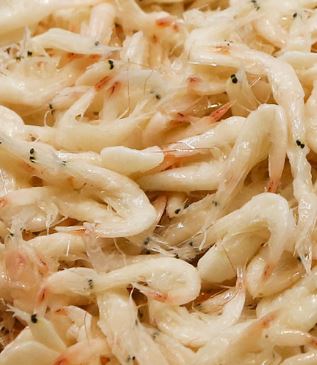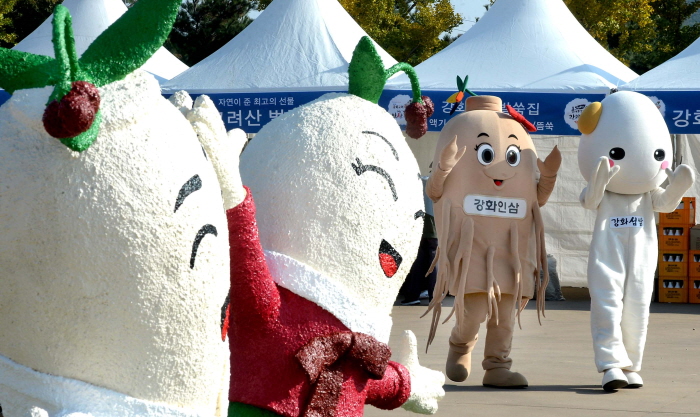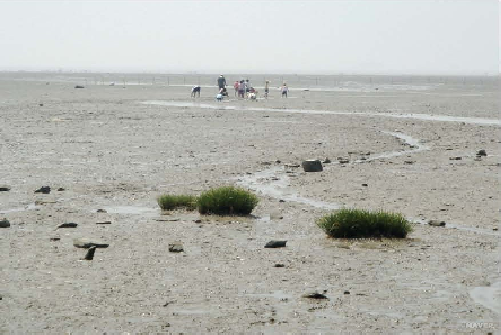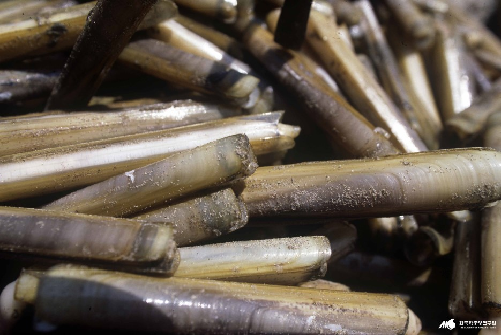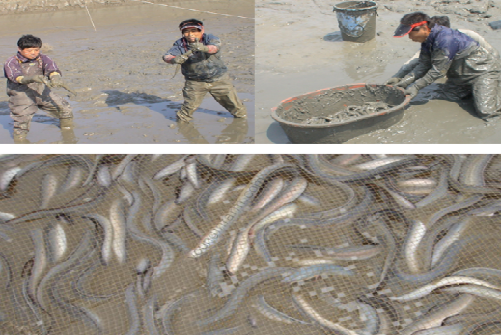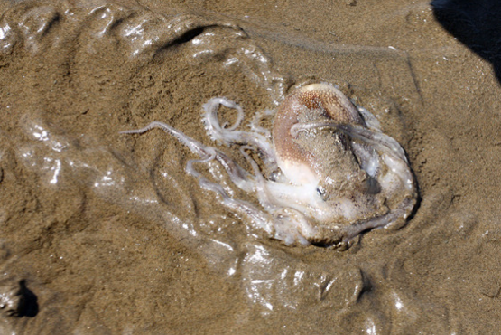GGHS 2019 Winter - Team 8
목차
Team
| No. | Team Topic | Teacher | Role | Name (Korean) | No. of Students |
|---|---|---|---|---|---|
| 8 | Agriculture/Fishing Industries and Traditional Markets (농어업과 전통시장) |
Sally | Leader | 전지○ | 8 |
| Vice-Leader | 이지○ | ||||
| 고은○ | |||||
| 유아○ | |||||
| 한수○ | |||||
| 김가○ | |||||
| 김수○ | |||||
| 유수○ |
Agriculture/Fishing Industries and Traditional Markets(농어업과 정통시장)
Tradition(Pungmul) market of Ganghwa Island(강화도의 전통(풍물)시장)
History of Pungmul market(풍물 시장의 역사)
It was located near Gaegyeong, the capital of Goryeo and Hanyang, the capital of Joseon. So The main gate to the capital was the center of waterway traffic and a major military hub.Since the Goryeo Dynasty began reclamation project, repair facilities and agricultural land have developed widely. With this historical and geographical background, the market developed early on. Ganghwado-daero, which runs through Ganghwa-gun, was one of the major transportation routes in the Joseon Dynasty.However, the market has long been weakened by the influence of industrialization due to the military boundary since the Korean War.Today, it is usual recognized as a tourist destination that reminds people of the past rather than the role of the mayor.
Why the Pungmul Market Is Special(풍물 시장이 특별한 이유)
Ganghwa Pungmul Market opened in 2007,it is a traditional market that has a long tradition. It is located in the center of Ganghwa and it is held every 5 days. The number of shops in Ganghwa Pungmul Market is 250 and it’s area is 8,842m2. Ganghwa Pungmul Market is a name derived from "pungmul," which means "special attractions or special products of any region or season." Ganghwa Island was located at the intersection of the Han River, the Imjingang River and the Yeseong River. It was located near Gaegyeong, the capital of Goryeo and Hanyang, the capital of Joseon. So The main gate to the capital was the center of waterway traffic and a major military hub. Since the Goryeo Dynasty began reclamation project, repair facilities and agricultural land have developed widely. With this historical and geographical background, the market developed early on. Ganghwado-daero, which runs through Ganghwa-gun, was one of the major transportation routes in the Joseon Dynasty. However, the market has long been weakened by the influence of industrialization due to the military boundary since the Korean War. Today, it is usual recognized as a tourist destination that reminds people of the past rather than the role of the mayor. After liberation and the Korean War, there were new markets in Ganghwa besides the existing markets. However, each of these markets was closed and not very active. On the other hand, Ganghwa area has been popular as a tourist destination in the Seoul metropolitan area since the 2000s. Since then many fishing markets have sprung up. The central market, which has been guarding the market for a long time since the Joseon Dynasty, was called Ganghwa Town Mayor. Each chapter sold different items so Ganghwa-town mayor was largely divided into a higher market, a lower market and a new market. Higher market and lower market of boundary is Dongnakcheon. So, the higher market was opened north of Dongnakcheon, and the main items that were traded were drapery and grains. On the other hand, the lower market was located south of Dongnakcheon and traded mostly vegetables, fish products, and clothes Ganghwa Pungmul Market sells various items such as grains and vegetables, fruits, salted fish, meat, and dried fish, and there is a restaurant on the second floor.
special product of Ganghwa Island(강화도의 특산물)
Ganghwa's representative products(강화의 대표 특산물)
Characteristics- The surface of the turnips are purple and the inside is white. it’s name is moo but it is more like cabbage. Ganghwa Island is famous for turnips The soil, wind, and temperature of Ganghwa Island are suitable for growing turnips. So Ganghwa Island can make the best turnip. Because Ganghwa Island is famous for its turnips, it is famous for its turnip kimchi made of garlic, green onions, and salted fish. Origin-Farmers in Ganghwa Island say that the turnip seed is not Colwell's seed. a unique turnip seed of ganghwa island is a mixture of native turnip seeds and colwell seeds. EFFICACY - Eating turnips prevents constipation and helps diuretic action. It is also effective for dieting and fatigue recovery because it is low in calories and high in fiber.
Ganghwa yellow sweet potato: Ganghwa yellow sweet potato is more yellow inside than ordinary sweet potato. The name "Ganghwa yellow sweet potato" became famous not only by Ganghwa but also by residents of other area. In May 1998, after considering the name of the product for branding, Ganghwa yellow sweet potato research association officially registered it as "Ganghwa yellow sweet potato", and on December 21, 2001, Ganghwa-gun registered the trademark at the Patent Office. Features - Thanks to the Ganghwado Island's unique West Sea breeze and abundant variety of nutrients such as carbohydrates, calcium, potassium, phosphorus, and vitamins, and is sufficient for a meal or snack since it is rich in minerals and has few side effects. Unlike sweet potatoes in other regions, the sweet potato is yellow inside and has a high sugar content, and unlike chestnut sweet potatoes, it doesn’t choke you and it is easily digestible.
a lion's foot medicine ssook: Origin-The name "a lion's foot medicine ssook" is given because it looks like a lion's foot when you turn the crown leaf upside down.Since ancient times, a lion’s foot medicine ssook has grown on Ganghwa Island centering on Manisan Mountain.Recently, health-related research and development and a variety of artifacts are being made, making it a new luxury of Ganghwa. A Lion's Foot Medicine ssook grows clean unlike land. It grows with salt wind and fog because it is around the sea. So it is recorded as the most effective drug in various books. Since A Lion's Foot Medicine sook ages in the shade for more than three years, the scent of Park Ha-hyang is different from other regions.
Festivals about special product(특산물 관련 축제들)
Salted Shrimp Festival(새우젓 축제)
- Salted Shrimp Festival is held since 2004 to help people experience Gangwha"s culture , boost spiritual health, and contribute to revive local economy.
- The picture above is the Salted Shrimp Festival's character. The character's 'S' means Shrimps. Emphasizing salted shrimp’s importance by characters, we can add pleasure to the festival.
- It is held every October in Oepo Port, which is in the west of Gangwha Island.
- There are many programs such as Salted Shrimp Singing Contest, Special shows from celebrities, free salted shrimps, Cultural performances, and more.
- There are several kinds of salted shrimp such as Ojeot, Yukjeot, Chujeot, and Dongbaekajeot. Ojeot is salted shrimps which are made in May. Like Ojeot, Yukjeot is made in June. Chujeot is made in Autumn and Dongbaekajeot is made in Winter.
- The most important factor that decides quality is freshness, so we use alive shrimps for salted shrimps’ ingredients. If the temperature is high, we usually add salt as soon as we catch them. Commonly, we mix salt for about 30~40%. If we mature this salted shrimps in refrigerator of 15~16℃ for 2~3 months, the salted shrimp will be ready to eat.
Ganghwa Goryeo Ginseng Festival(고려 인삼 축제)
Goryeo Ginseng was cultivated since Gojong of Goryeo(1231) But it started to be cultivated in 1953 by people who came to seek refugee in Ganghwa after the outbreak of the Korean War. They lived Ganghwa and started cultivating Goryeo Ginseng. After 1957, GaeSeong Sameop association was formed and Ginseng cultivation has expanded and Gangwha Ginseng has become indigenous products. Gangwha has an oceanic climate and surrounded by the sea on the four sides. That is why Gangwha is not affected by high temperature. So Ganghwa is a good place for growing Ginseng because the soil is suitable for growing Ginseng. Goryeo Ginseng festival was first held in 2013 to restore Goryeo Ginseng fame and prosperity of Ginseng farmers. This festival is held on every October at Ganghwa Dolmen square. The program includes selling 6-old-year Ginseng, Ginseng experience, Ginseng auction, various cultural and artistic performances.Goryeo Ginseng festival authenticate quality of 6-year-old Ganghwa Ginseng and the best conditions that consumers can trust and buy.
mudflat of Ganghwa Island(강화도의 갯벌)
Definition of mudflat(갯벌의 정의)
Korea's west and south coasts reveal large, flat land when the tide rises. The coastal land that appears twice a day between land and sea is called mudflats, and it is usually formed by a long accumulation of sediment on the coast, where the slope of the coast is gentle and the difference between the tide and the ebb tide is huge. The mudflats are divided into mudflats, sandy mudflats, and mixed mudflats, depending on the size of the particles of the sediment accumulated on the floor. mudflats is develop at beach of slow current of water Long ago Ganghwa Island was a group of separate islands. However, due to steady reclamation projects since the Goryeo Dynasty, it has become like the shape shown in the map above. So now the coastline of Ganghwa Island is mixed with cliffs and flat lands.
creatures living in mudflat(갯벌에 사는 생물들)
1. Black-faced spoonbill
Black faced spoonbills are about to extinct. That is why An international conservation group categorized it as a "crisis category" on the World Union for Conservation of Nature Red List. In Korea, it is Natural Monument No. 205-1. Ganghwa Island mudflats are famous for their mating and breeding grounds.
2. shellfish
How to hunt shellfish When the salt water is sprayed on the hole, the shellfish comes out to breathe because it thinks the sea water comes in.
3. fresh water eel
The fresh water eels are born in the sea and they move to fresh water.
4. amphioctopus
5. Crab


